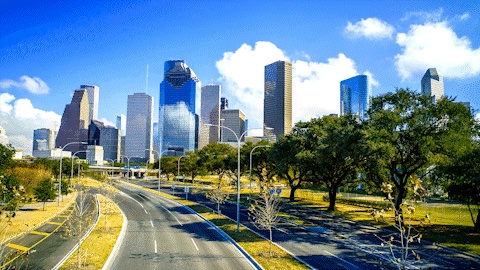A Louisiana grand jury began hearing evidence in the deadly 2019 arrest of Ronald Greene, long-awaited testimony that will determine whether state charges are brought against the white troopers seen on body-camera video stunning, striking and dragging the Black motorist by his ankle shackles following a high-speed chase.
Prosecutors planned to present a wide range of felony counts related to the troopers’ use of force and their decision to leave the heavyset Greene handcuffed and prone for several minutes before rendering aid. The panel is expected to hear from several witnesses before deciding on indictments in the coming weeks.
“I want justice to be done,” John Belton, the Union Parish district attorney, told The Associated Press. “I just feel like I need to do the right thing and present everything to the grand jury and have them determine which way this thing is going to go.”
The proceedings come three and a half years after Greene died in Louisiana State Police custody on a rural roadside outside Monroe. The state case was held up for months by an ongoing FBI investigation that expanded to include allegations of an attempted cover-up. Federal prosecutors asked Belton to hold off pursuing state charges before reversing course last spring and handing over a voluminous case file.
“The goalposts moved,” Belton said, adding he long expected the U.S. Justice Department to bring civil rights charges in the case. “I had to balance it because I promised the feds I wouldn’t pursue any charges pending their investigation — but I promised the family I’d seek justice.”
Long shrouded in secrecy, Greene’s death exploded into public view last year after AP obtained and published graphic body-camera footage showing the 49-year-old pleading for mercy and wailing, “I’m your brother! I’m scared! I’m scared!”
Authorities initially told Greene’s family he died in a crash following a lengthy police pursuit — a narrative the family rejected and that was questioned even by an emergency room doctor after Greene’s bruised and battered body arrived at the hospital.
Still, a coroner’s report listed the cause of death as motor vehicle accident, while a state police crash report omitted any mention of troopers even using force in Greene’s arrest. And 462 days would pass before state police began an internal investigation into the troopers involved.
All the while, the body-camera footage remained so secret it was withheld from Greene’s initial autopsy. Gov. John Bel Edwards declined repeated requests to release the videos, citing the ongoing investigations, before AP published them. The Democratic governor has since described the troopers’ treatment of Greene as both criminal and racist.











